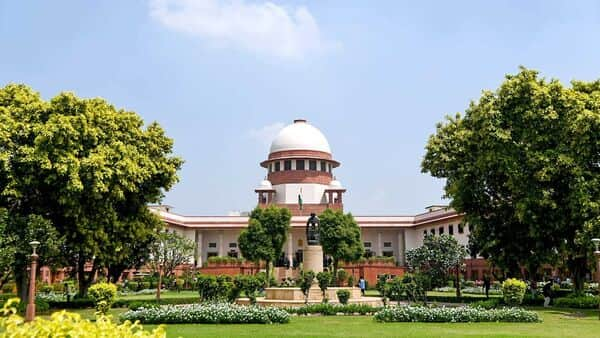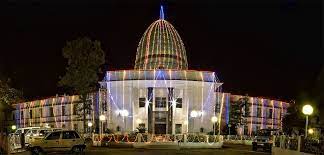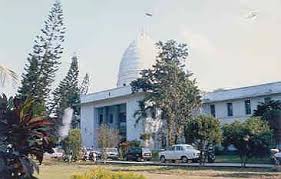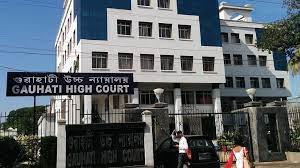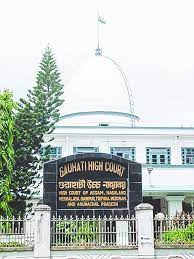Holding the appellant convict herein guilty for the offences punishable under Sections 302, 392, 394 and 397 resply read with Section 34 of the Indian Penal Code (for short, ‘IPC’). (Para 1)
These four accused persons, according to the case of the prosecution, included the appellant herein also. Two of the accused persons snatched away Rs. 14,800/- from the pocket of the PW 1. The two accused persons who snatched away the money from the pocket of the PW 1 were Sharwan Kumar and Pawan Kumar respectively. When the PW 1 resisted, the other two accused persons armed with ice picks attacked him and his friend Pappu. The appellant convict and co-accused Vijay alias Kalia are alleged to have caused injuries with their respective ice picks on the body of the PW 1 as well as his friend Pappu (deceased). After robbing and in the process of causing injuries, all the four accused ran away from the place of occurrence. (Para 2)
The appellant convict argues that the only substantive evidence against him is in the form of his identification by the PW 1 before the Trial Court. He says that there is no question of drawing any adverse inference against him for refusing to participate in the TIP because from day one, he had been saying that the witnesses had seen the accused persons. He further says that the PW 1 was in a position to identify him for the first time before the Trial Court only because he had the opportunity to see him on 15.09.2008. In such circumstances, it is argued on behalf of the appellant convict that there is no evidence worth the name to hold him guilty for the alleged crime. On the other hand, the State says that although the witnesses had a chance to see the accused persons on 15.09.2008 when they were present at the Rohini Court Complex, but that, by itself, is not a sufficient or a good ground to discard the substantive evidence of identification before the Trial Court. The State wants us to draw adverse inference against the appellant convict as he had refused to participate in the TIP and at the same time also wants us to accept the identification of the appellant by the PW 1 before the Trial Court. The State further says that the PW 1 being an injured eye witness had an opportunity of having more than a fair glimpse of the four accused persons including the appellant convict and, therefore, irrespective of the fact that the PW 1 had an opportunity to see the appellant convict on 15.09.2008 at the Rohini Court Complex, the identification before the Trial Court should be accepted. (Para 69)
The evidence of PW 1 Sushil Kumar regarding the occurrence that took place on 16.08.2008 early in the morning at 3.30 is fully supported by the medical evidence on record. The PW 1 along with the deceased was immediately taken for medical attention. The deceased was found to have suffered multiple injuries in the form of punctured wounds caused by a sharp pointed weapon. The PW 1 was also found to have suffered two injuries and one of those was in the form of a punctured wound in the chest caused by a sharp pointed weapon. Considering the nature of injuries suffered by the PW 1 and the deceased and the fact that the PW 1 and the deceased were cornered by the accused persons and further that they were robbed of their money, the entire incident could certainly have afforded sufficient time and opportunity to the PW 1 to recall and identify the assailants including the appellant convict herein. It is a long settled law that if a witness is trustworthy and reliable, the mere fact that no identification parade could be conducted and the appellant convict was identified for the first time before the Trial Court, would not be a reason to discard the evidence of the witness. (Para 70)
Thus the aforesaid is one additional circumstance pointing towards the guilt of the appellant and at the same time lending credence to the substantive evidence of his identification by PW 1 before the Trial Court. (Para 77)
Even if we have to discard the evidence of discovery on the ground that no independent witnesses were present at the time of discovery, still the fact that the appellant herein led the police party to his house and handed over the ice pick used at the time of the assault, would be reflective of his conduct. By virtue of Section 8 of the Evidence Act, the conduct of an accused is relevant, if such conduct influences or influenced by any fact in issue or relevant fact. The evidence of the circumstance, simpliciter, that the accused pointed out to the police officer, the place where he had concealed the weapon of offence i.e. ice pick, would be admissible as conduct under Section 8 irrespective of the fact whether the statement made by the appellant convict contemporaneously with or antecedent to such conduct falls within the purview of Section 27 of the Evidence Act or not. Even if we hold that the discovery statement made by the appellant convict referred to above is not admissible under Section 27 of the Evidence Act, still it is relevant under Section 8 of the Evidence Act. (Para 78)
SUPREME COURT OF INDIA
2023 STPL(Web) 213 SC
[2023 INSC 765]
Mukesh Singh Vs. State (Nct Of Delhi)
Criminal Appeal No. 1554 of 2015-Decided on 24-8-2023
https://stpllaw.in/wp-content/uploads/2023/08/2023-STPLWeb-213-SC.pdf

